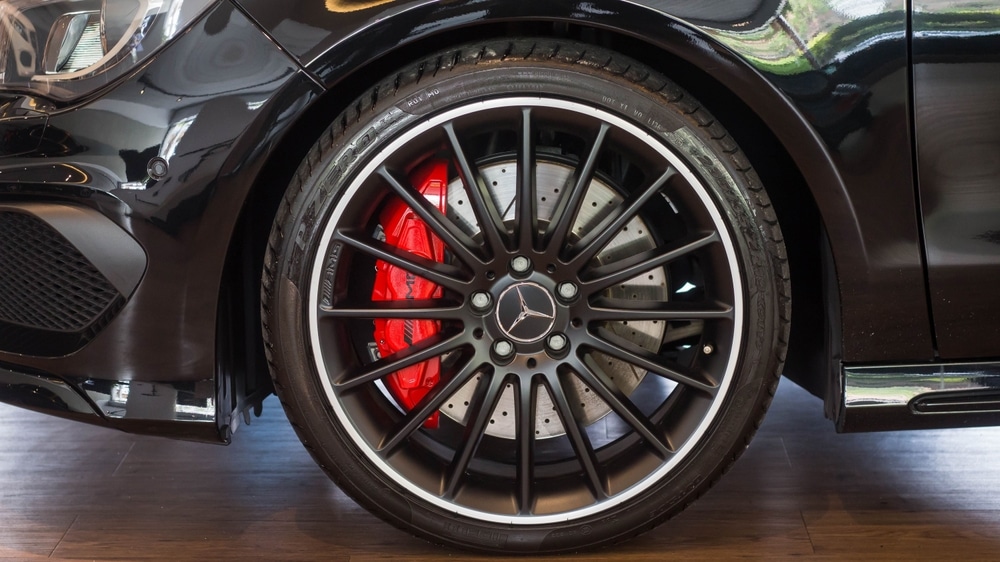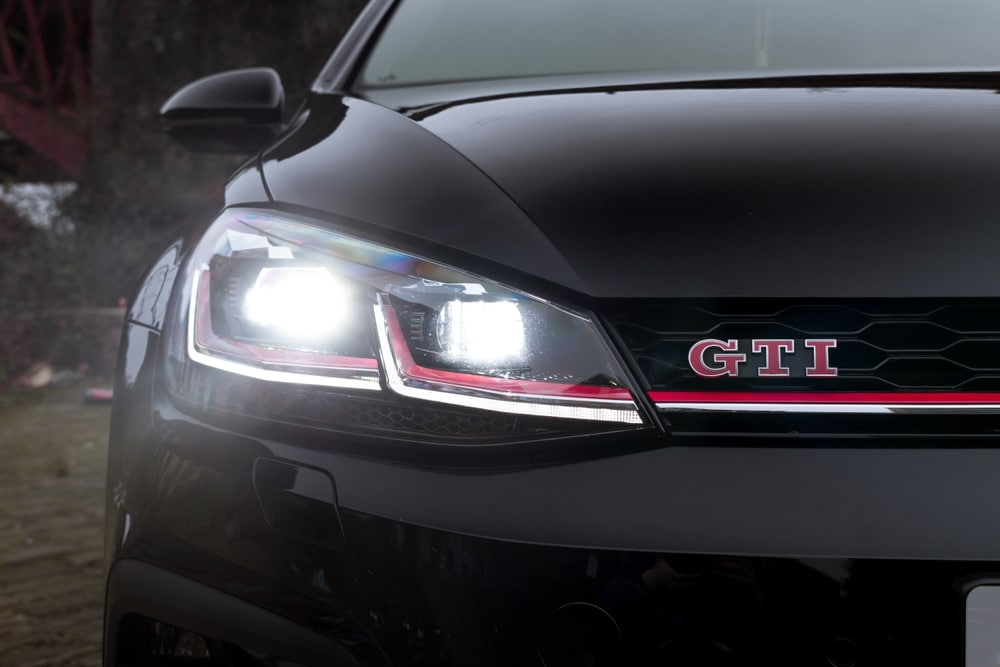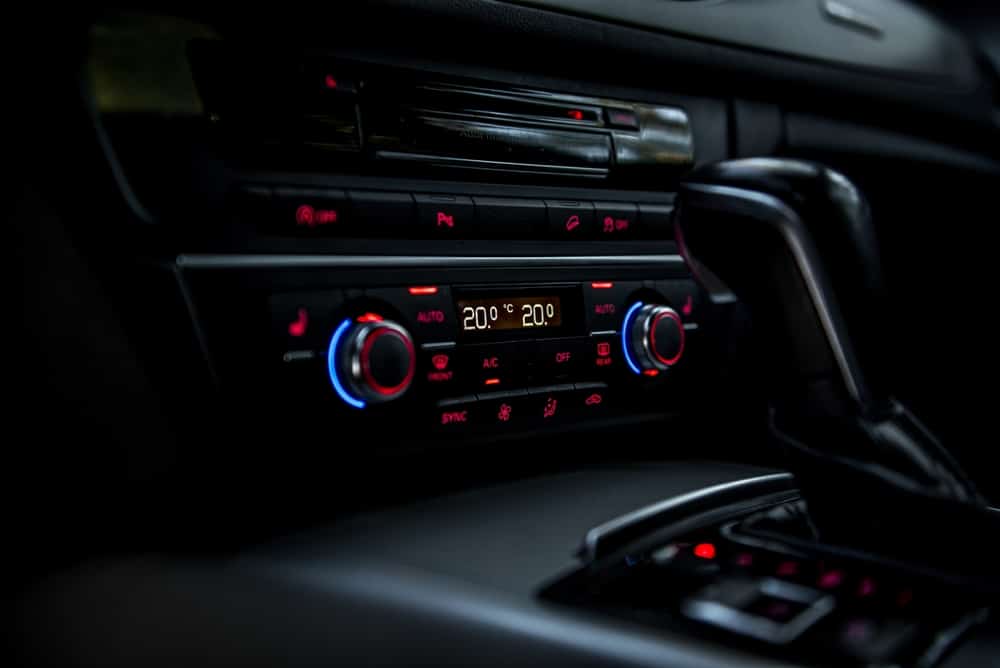Braking System
Most drivers don’t spend much time thinking about their car’s braking system. You press the pedal, the vehicle stops. Simple.
But the reality is more complex. Your braking system is a network of carefully engineered parts working in harmony to bring you to a controlled halt. Understanding this system not only makes you a more informed motorist but also reinforces just how vital brake maintenance is to your safety.
In this guide, we’ll explain how car brakes work, walk through the process that unfolds when you press the brake pedal, and look at additional systems like ABS and parking brakes that enhance your control. Whether you’re in Brownhills, Walsall, Cannock, Aldridge, Burntwood, Wolverhampton or Tamworth, the team at Fitch Autos is here to help keep your braking system in top condition.
Braking System: What’s Going On Beneath Your Feet
Every time you press your brake pedal, something remarkable happens. Your car, possibly travelling at speed and weighing over a tonne, slows safely in seconds. But how?
The Simple Science Behind Stopping
When your vehicle is moving, it holds kinetic energy. The faster you go, the more of this energy you carry. To bring the car to a stop, the braking system needs to convert that kinetic energy into heat using friction.
There are a few types of braking systems out there, but most passenger vehicles follow this process:
- Pressing the brake pedal activates hydraulic pressure in a sealed system.
- Hydraulic pressure is transmitted through brake fluid in the sealed lines to each wheel.
- At the wheels, either disc or drum brakes generate friction to slow down rotation.
- ABS kicks in during hard braking to prevent wheels from locking and help maintain grip.
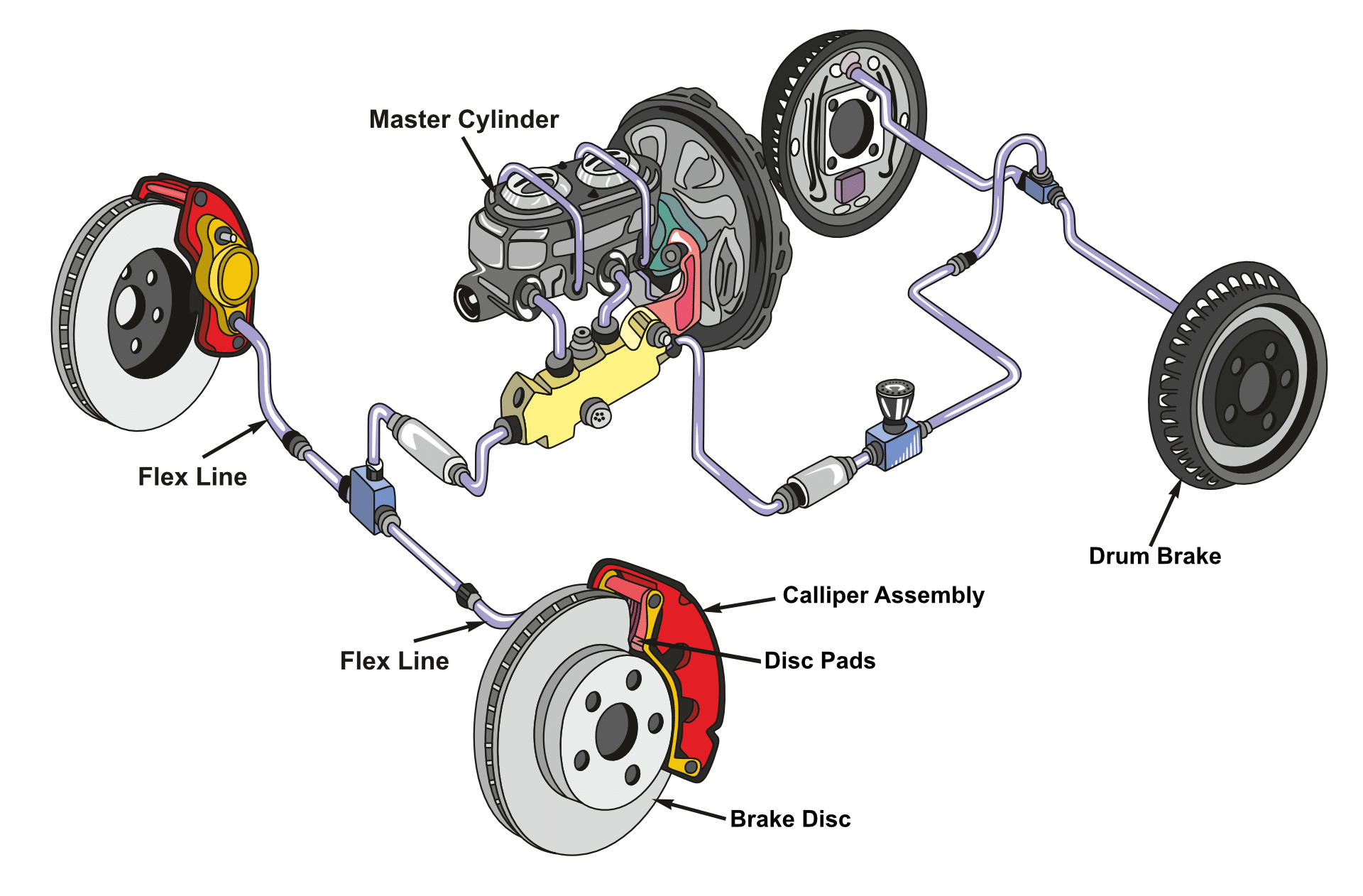
But what exactly happens inside the system when you apply the brakes? Let’s look closer.
Here’s What Happens When You Press the Brake Pedal
Here’s what goes on from the moment your foot presses the pedal to the point your vehicle comes to a stop:
- The brake pedal is pressed down, which starts the process.
- The brake servo (or booster) is activated, which amplifies the force of your foot. Without it, you’d need significantly more leg strength to stop effectively.
- This force is transferred to the master cylinder, where it’s converted into hydraulic pressure within the brake fluid.
- The hydraulic pressure, carried by the brake fluid, is transmitted through a sealed network of lines and hoses.
- The pressure is distributed to all four wheels, with minimal loss due to the sealed design.
At the wheel end:
- Disc brakes (most common): The hydraulic fluid pressure forces the brake pads to clamp onto a rotating brake disc. This contact creates friction, converting the car’s kinetic energy into heat, which in turn, slows the wheels, bringing the vehicle to a controlled and safe stop.
- Drum brakes (common on rear wheels or older models): In this brake type, hydraulic pressure activates wheel cylinders, which push the brake shoes outward against the inside surface of a rotating drum. The friction between the shoes and drum converts kinetic energy into heat, slowing the vehicle down.
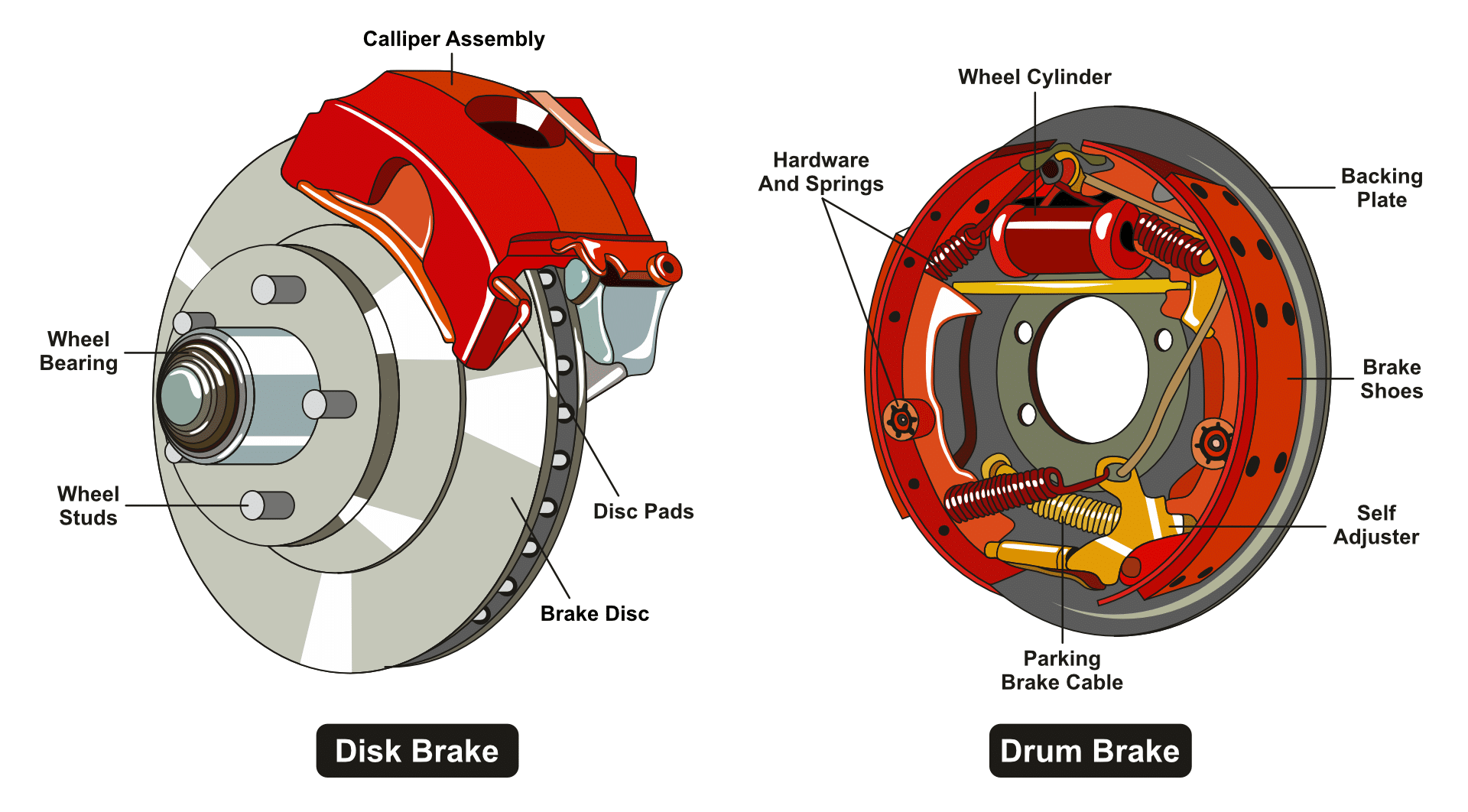
This entire sequence happens almost instantaneously, allowing you to smoothly control your vehicle’s speed with just a touch of your foot.
Keeping your brakes in good working order is critical for your safety. The good news is that regularly servicing your car at Fitch Autos in Brownhills will give you the best chance at keeping your brakes in good working order. Our highly trained technicians know what to look for and will flag any early warning signs, so you can fix small issues before they become big problems.
Other Key Features of the Braking System
Anti-lock Braking System (ABS) ABS prevents the wheels from locking during sudden or heavy braking. Sensors monitor wheel speed and automatically modulate brake pressure at each wheel, reducing and reapplying it multiple times per second. This maintains traction and steering control.
Parking Brake The parking brake is a separate mechanism designed to hold the car still when parked, and as a backup in case of hydraulic brake failure. In manual systems, pulling the lever engages a cable that applies the rear brakes. In electronic versions, a switch activates a small motor that does the same. Regardless of the system, the parking brake functions independently from your hydraulic brakes and is legally required to act on at least two wheels, making it a critical safety feature.
Look After Your Brakes So They Look After You
It’s easy to overlook brake issues. A small noise or spongy brake pedal might not seem urgent. But delaying can turn a minor issue into a serious one, which is the last thing you want to deal with.
At Fitch Autos, we take braking systems seriously. Every scheduled service includes a brake check. And if anything feels off between services, longer stopping distances, vibrations, or grinding sounds, give us a call. Early intervention helps you avoid expensive repairs and keeps your vehicle safe.
Our experienced technicians can check pads, discs, drums, fluid levels and more. If anything needs attention, we’ll explain clearly and carry out only the work you approve.
We have a {{average-rating}} star Google rating from {{review-count}} satisfied customers across Brownhills and surrounding areas.
Here’s what makes us a trusted choice for brake care:
- High standards of workmanship backed by [Awards]
- Outstanding value with clear, transparent pricing. No unexpected surprises
- Comprehensive 12-month parts and labour guarantee on all work completed
- Technical expertise using specialist diagnostic equipment
- Exclusive use of genuine or OEM-quality* components that match original specifications
If your car is due a service or something doesn’t feel quite right, call us on 01543 452630. The Fitch Autos team in Brownhills will take care of the rest.
Call Now 01543 452630Save on Brake servicing
*OEM stands for Original Equipment Manufacturer. When it comes to vehicle parts, this means the parts are made by the same company that produced the original parts for the vehicle manufacturer
